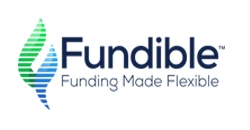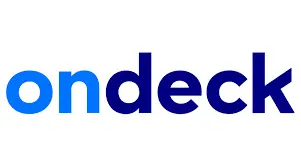In addition to annual revenue and credit score requirements, lenders typically enforce a time in business requirement, which dictates how long businesses must be in operation before they can qualify for financing.
Time in business requirements can create a challenge for new ventures. Traditional lenders often require businesses to operate for two years before they will consider lending to them, and even alternative lenders may prefer to work with businesses who have been in operation for six months to a year.
For this reason, brand-new startups may need to explore alternative financing options, such as crowdfunding or a personal loan, to start their business. As the business matures and generates revenue, it will become more attractive to lenders, making it easier to qualify for financing in the future.
However, with the lenders on this list, businesses may be able to secure a business line of credit after just a few months in business. For example, Truist sets no minimum time in business requirement for its line of credit, making it an ideal choice for new companies.
Other qualification criteria
While every lender sets its own loan requirements, you will typically need to meet the following criteria to qualify for a small business loan or line of credit:
Credit score: Small business financing is always subject to credit approval. Lenders use your credit score to determine your riskiness as a borrower. Most lenders require a score in the mid-600s or higher to qualify, though some lenders may be open to working with borrowers with scores as low as 500.
Annual revenue: Lenders want to know that your business has sufficient cash flow to repay your loan. That’s why they set annual revenue requirements, with many lenders requiring businesses to make at least $100,000 per year to qualify.
Time in business: As we mentioned, many traditional lenders require companies to be in business for at least two years to qualify for financing. However, online lenders may be more willing to work with newer businesses.
Collateral: Some lenders may require collateral to secure business financing. Collateral is an asset your lender can legally seize if you fail to make payments. Business assets such as real estate and equipment are often accepted as collateral.











